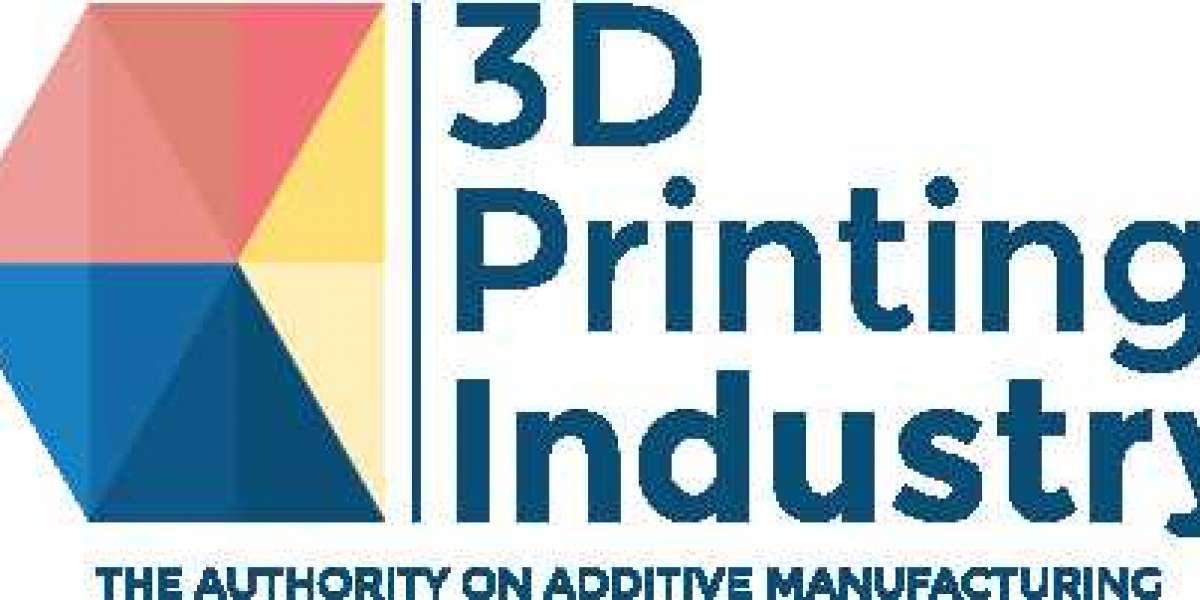3D printing or additive manufacturing is a process of making three dimensional solid objects from a digital file. In this process, a 3-D object is created through an additive printing process (that is, build objects layer-by-layer rather than say, through molding) using variety of materials, including plastics, glass and powders. These materials are used to create an object by laying down successive layers of material until the object is created.
Major advantages over traditional methods are:-
Customization: It is possible to personalize products based on the end-users requirements at no additional process cost.
Complexity: It helps in creating lighter, stronger and complex components or the whole products that are difficult or impossible to produce with traditional techniques.
Tool-less: 3D printing can eliminate many tools required, thus saving time and cost.
Environment Friendly: 3D printing is energy efficient and waste little material.
“Democratization” of manufacturing: Now consumers and entrepreneurs can make their own products.
Application of 3D Printing in various Fields:
At present 3D printing is being used in various industries like- Apparel, Jewelry, Automotive industry, robotics, Space, medical etc.
Industrial Goods: Tooling, spare parts and prototypes for manufacturing tooling machines and for industrial goods.
Automotive Industry: 3D printing allows you to test the concept ideas by printing the 3D design.
Textile and Fashion: 3-D printed new structures, on-demand clothes, new materials are changing the shape of the fashion industry
3D Printing of organs: Bioprinting can create organs with an internal network of blood vessels. For example, researchers at IIT-Delhi have developed a 3D bioprinted cartilagesimilar to the natural ones seen in human knees.
Though the slow speed at which 3-D printed objects are created makes it difficult to create objects through mass production, 3-D printing enables small scale manufacturers the ability to create prototypes of new products quickly and cheaply. By promoting research and giving appropriate incentives, India must make use of this unique opportunity this technology presents to catch the wave of the manufacturing revolution.








